The Style
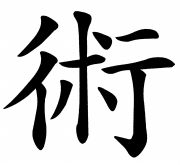 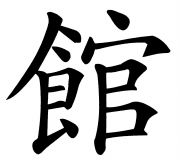
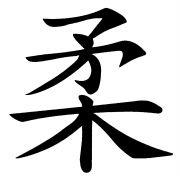
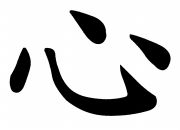
The Mizu-no-kokoro Ryu Ju-jitsu is today trained by somewhere around 300 ju-jitsuka's, in Denmark.
The technical side of the system is a mix of different martial arts, the core of the system is inspired by the Tsutsumi Hozan ryu Jujitsu, Aiki-Jutsu, Kenpo, Aikido and have also some influence from filipino styles. The system is continusly polished and refined to meet the demands that are expected from a moderne Jujitsu system.
Gradings in this system do not come easy, it is hard work physically and mentally.
The system was founded in the year 2000, by Christian Hvidberg, and is inspired by the different styles he have meet in his extensive trained during his many years in martial art training.
He started his martial art training started in 1977, with Judo and Ju-jitsu´in Hjørring Jiu-Jitsu Klub, and later trained other styles, read more under founder.
Here is some of the background and thoughts that has been the foundation of the system.
Mizu-no-kokoro:
Mizu-no-kokoro is a concept from zen buddhisme that have been used in the martial art for many years, it can roughly be translated to "Mind like water." A psychological principle of the martial arts emphasizing the need to have a calm mind while facing an opponent, having a mind much like the surface of undisturbed water.
The thought is, if you take a stone and throw it into the water, then the surface will not react before or after the stone hits the surface of the water, but will react exactly at the same time as the stone transfer the energi to the surface.
The water absorb the stone and finds it's calm undesturbed surface again.
|
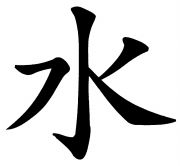
|
Mizu = Water |
|

|
Kokoro = Heart or mind |
The idea of using this concept in a ju-jitsu style, is my wish and a goal of bringing the student to a level of calmenes when faced by a threat, to given an edge to handle the situation without letting the fear in before the whole thing is over.
This takes a lot of time and a lot of training, and can only be achieved by repeating the techniques for several hundred times and through repeatedly reflex trainings, so the student feels ready when faced with danger.
It was also the idea to think of the Ju-jitsu style to have the same qualitys as water, being soft, floating and absorbing the force, but at the same time to being hard and destrutable like the element of water also can be - being able to strike back on the attacker with appropriate force.
|

|
Ju = Soft or gentle |
|

|
Jitsu or Jutsu = Art |
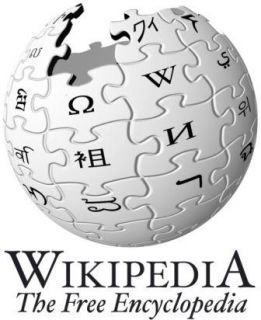
Ju-Jitsu, Ju-Jutsu, Jiu Jitsu
Confusing isn't, a lot of different words for the same thing. It is all about a "bad" translation year and years ago. Please read the whole story on Wikipedia
The logo:
|
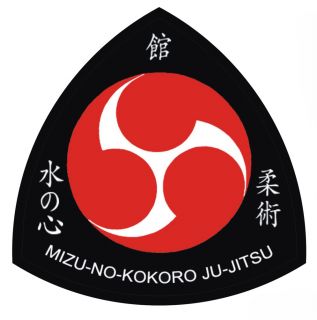
|
The emblem of the system is a combination of two parts - the black triangel and the red and white circular symbol - the Mitsu-tomoe
The kanji for Mizu-no-kokoro in the left corner, the kanji for Ju-jitsu in the right corner and the kanji for Kan in the top corner
Kan means the place, representing the palce where we train Mizu-no-kokoro ju-jitsu.
The emblem is worn on the left arm, in the middel of shoulder and elbow, faceing to the left side.
|
The Triangel:
|
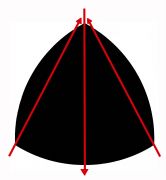
|
The black triangel. In the asian interpretation of the five elements the color of water is black, the element of water is used in the name of the system - Mizu. - This element is also an inspiration for the techniques in the system.
The triangel also symbolise the taisabaki of the system, we always move out of the line of attack and then attack on a new line, illustrated by the red arrow int the center as the attack line, and the two red arrow angled on the attack line, creating a new line attack line for the defence.
This basic shape is very simular to the shape of the logo from Chi-ryu, from Jhonny Bernachewice. from whom there also is some inspiration and influence in this system.
|
The Mitsu-tomoe:
|
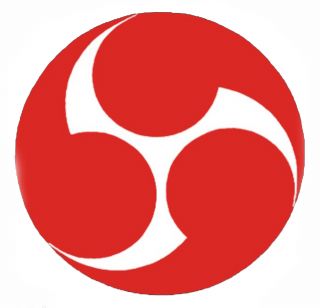
|
The name Mitsu-tomoe meaning turning or circular, refering to the motion of the earth.
The Mitsu-tomoe is also related to the yin yang symbol, and have similar meaning representing the play of the forces in the cosmos.
To incorporate this sybol in the system, was also the idea of motion -or movement, never standing still. |
The grading system:
The time between the gradings are minimum times, and will not be possible for all sutdents. Not all students have the skill, will or is ready to make the scarifice it takes to pass the higher grades.
In the different clubs there can be extra gradings between each grade for the children, as they need more time to absorb the program.
All the tap gradings between the belt grades are kihon grades, this mean that you have to show all the kihon up til this grade. The belt gradings are technique grading where you combine all the kihon into techniques.
| Mudansha: |
Color of belt |
Min. time before
next grading |
Min. time age
for this grading |
|
|
|
|
| 7. kyu |
White belt |
5 months |
|
| 6. kyu |
Yellow belt |
5 months |
|
| 5. kyu |
Orange belt |
5 months |
|
| 5. kyu with tap |
Orange belt with black tap |
5 months |
|
| 4. kyu |
Green belt |
5 months |
|
| 4. kyu with tap |
Green belt with black tap |
5 months |
|
| 3. kyu |
Blue belt |
5 months |
|
| 3. kyu with tap |
Blue belt with black tap |
5 months |
|
| 2. kyu |
Purple belt |
5 months |
|
| 2. kyu with tap |
Purple belt with black tap |
5 months |
|
| 1. kyu |
Brown belt |
5 months |
|
| 1. kyu with tap |
Brown belt with black tap |
5 months |
|
| - |
|
|
|
| Yudansha: |
|
|
|
|
|
|
|
| 1. dan - Shodan |
Black belt |
1 year |
min. 18 years |
| 2. dan - Nidan |
Black belt |
2 years |
min. 21 years |
| 3. dan - Sandan |
Black belt |
3 years |
min. 25 years |
| 4. dan - Yondan |
Black or Black and Red belt |
4 years |
min. 30 years |
| 5. dan - Godan |
Black or Black and Red belt |
5 years |
min. 35 years |
| 6. dan - Rokudan |
Black or Red and white belt |
6 years |
min. 40 years |
| 7. dan - Shichidan |
Black or Red and white belt |
7 years |
min. 45 years |
| 8. dan - Hachidan |
Black or Red and white belt |
8 years |
min. 50 years |
| 9. dan - Kyudan |
Black or Red belt |
9 years |
min. 55 years |
| 10. dan - Judan |
Black or Red belt |
|
min. 60 years |
The Dogi
In the Mizu-no-kokoro Ryu Ju-jitsu system the budoka must always wear a clean gi without any tears or holes in it. The budoka must inspect the dogi before each training.
The Mizu-no-kokoro Ryu Ju-jitsu emblem must be worn on the left upper arm, between the elbow and the shoulder
The colors of the gi: the kyu grades wear a white, and the dangrades can also wear a black or blue gi. We always wear the same color jacket and trousers, weather it is white, black og blue.
|